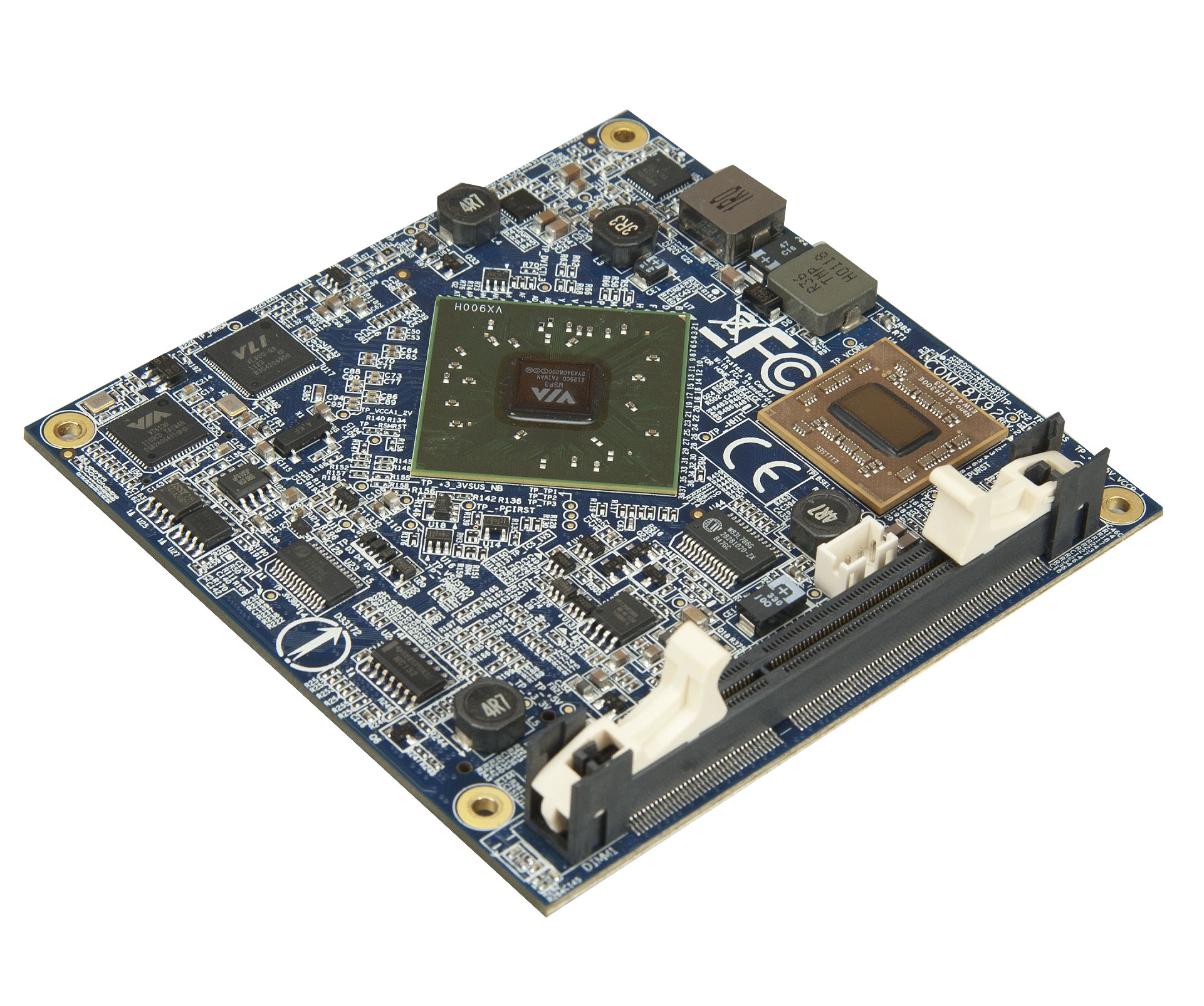COM Express on:
[Wikipedia]
[Google]
[Amazon]

 COM Express, a
COM Express, a
 * Mini:
* Compact:
* Basic:
* Extended:
* Mini:
* Compact:
* Basic:
* Extended:
PICMG website
The Economics and use of COM Express in Embedded Applications
COM Express Carrier Design Guide - Guidelines for designing COM Express Carrier Boards
Free available short for specification COM.0 R3.0Free available Embedded API Specification EAPI R1.0Free available Embedded EEPROM Specification EeeP R1.0
COM Express Plug-and-Play Initiative
COM Express: Scalability and flexibility for UAS sensor processing
{{Computer form factors Motherboard form factors Computer hardware standards

 COM Express, a
COM Express, a computer-on-module
A computer-on-module (COM) is a type of single-board computer (SBC), a subtype of an embedded computer system. An extension of the concept of system on chip (SoC) and system in package (SiP), COM lies between a full-up computer and a microcontro ...
(COM) form factor, is a highly integrated and compact computer that can be used in a design application much like an integrated circuit component. Each module integrates core CPU and memory functionality, the common I/O of a PC/AT, USB, audio, graphics ( PEG), and Ethernet
Ethernet () is a family of wired computer networking technologies commonly used in local area networks (LAN), metropolitan area networks (MAN) and wide area networks (WAN). It was commercially introduced in 1980 and first standardized in 1 ...
. All I/O signals are mapped to two high density, low profile connectors on the bottom side of the module. COM Express employs a mezzanine-based approach. The COM modules plug into a baseboard that is typically customized to the application. Over time, the COM Express mezzanine modules can be upgraded to newer, backwards-compatible versions. COM Express is commonly used in Industrial, military, aerospace, gaming, medical, transportation, Internet of things, and general computing embedded applications.
History
The COM Express standard was first released in 2005 by the PCI Industrial Computer Manufacturers Group (PICMG). It defined five module types, each implementing different pinout configurations and feature sets on one or two 220-pin connectors. It also defined 2 module sizes (later expanded to 4) to serve more applications while maintaining compatibility within each module type. COM Express is used in railway, industrial, and military applications. There are also efforts for a Rugged COM Express specification through VITA.Types
There are 8 different pin outs defined in the specification. The most commonly used pin outs are Type 6 and Type 10. The latest pin-out added in revision 3.0 of the COM Express specification (available from www.picmg.org) is Type 7. The Type 7 provides up to four 10 GbE interfaces and up to 32 PCIe lanes, making COM Express 3.0 appropriate for data center, server, and high-bandwidth video applications. COM Express Rev 3.0 removed legacy Type 1, Type 2, Type 3, Type 4, and Type 5, recommending that new designs should use Type 6, 7 or 10. Maximum available interfaces for the defined types: (*1) Option on previously allocated SATA2 and SATA3 pins. Implementor specific. (*2) DDI can be adapted to DisplayPort, HDMI, DVI or SDVO (legacy, no longer supported for types 6, 7 and 10) in the carrier board. Legend: PEG - PCI Express Graphics. Legacy - not recommended for new designs.Size
The specification defines 4 module sizes: * Mini:
* Compact:
* Basic:
* Extended:
* Mini:
* Compact:
* Basic:
* Extended:
Specification
The COM Express specification is hosted byPICMG
PICMG, or PCI Industrial Computer Manufacturers Group, is a consortium of over 140 companies. Founded in 1994, the group was originally formed to adapt Conventional PCI, PCI technology for use in high-performance telecommunications, military, an ...
. It is not freely available but a paper copy may be purchased for $150USD from the PICMG website. However, the COM Express Design Guide is free to download.
The original revision 1.0 was released July 10, 2005.
Revision 3.0 (PICMG COM.0 R3.0) was released in March 2017.
COM Express also specifies an API to control embedded functionalities like watchdog timer or I2C. This is a separate document which is freely available (EAPI 1.0).
It also defines a carrier board eeprom to hold configuration information. This is also a separate and free available document (EeeP R1.0).
See also
* ETX * XTX *Qseven
Qseven, a computer-on-module (COM) form factor, is a small, highly integrated computer module that can be used in a design application much like an integrated circuit component. It is smaller than other computer-on-module standards such as COM E ...
* Smart Mobility Architecture
Smart Mobility Architecture (SMARC) is a computer hardware standard for computer-on-modules (COMs).
SMARC modules are specifically designed for the development of extremely compact low-power systems, such as mobile devices.
Specification
The S ...
(SMARC)
* COM-HPC (working group within PICMG)
References
External links
PICMG website
The Economics and use of COM Express in Embedded Applications
COM Express Carrier Design Guide - Guidelines for designing COM Express Carrier Boards
COM Express Plug-and-Play Initiative
COM Express: Scalability and flexibility for UAS sensor processing
{{Computer form factors Motherboard form factors Computer hardware standards